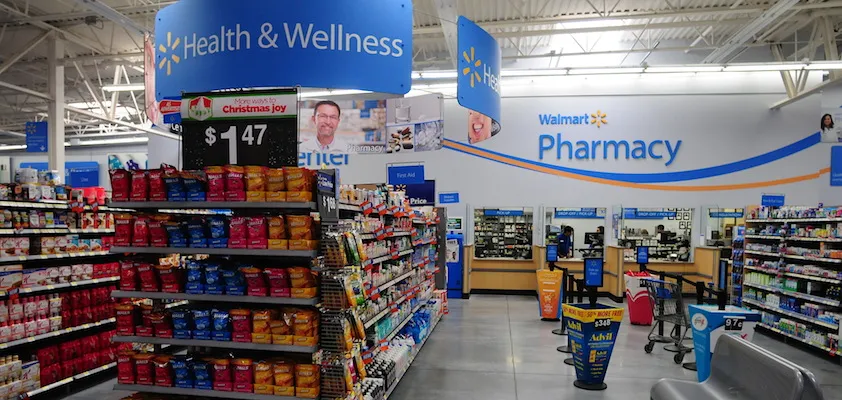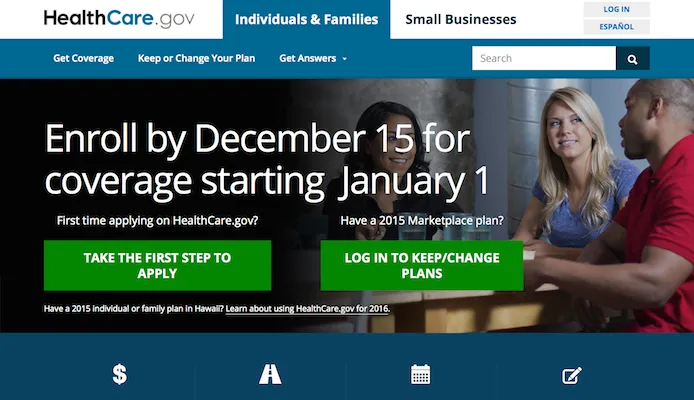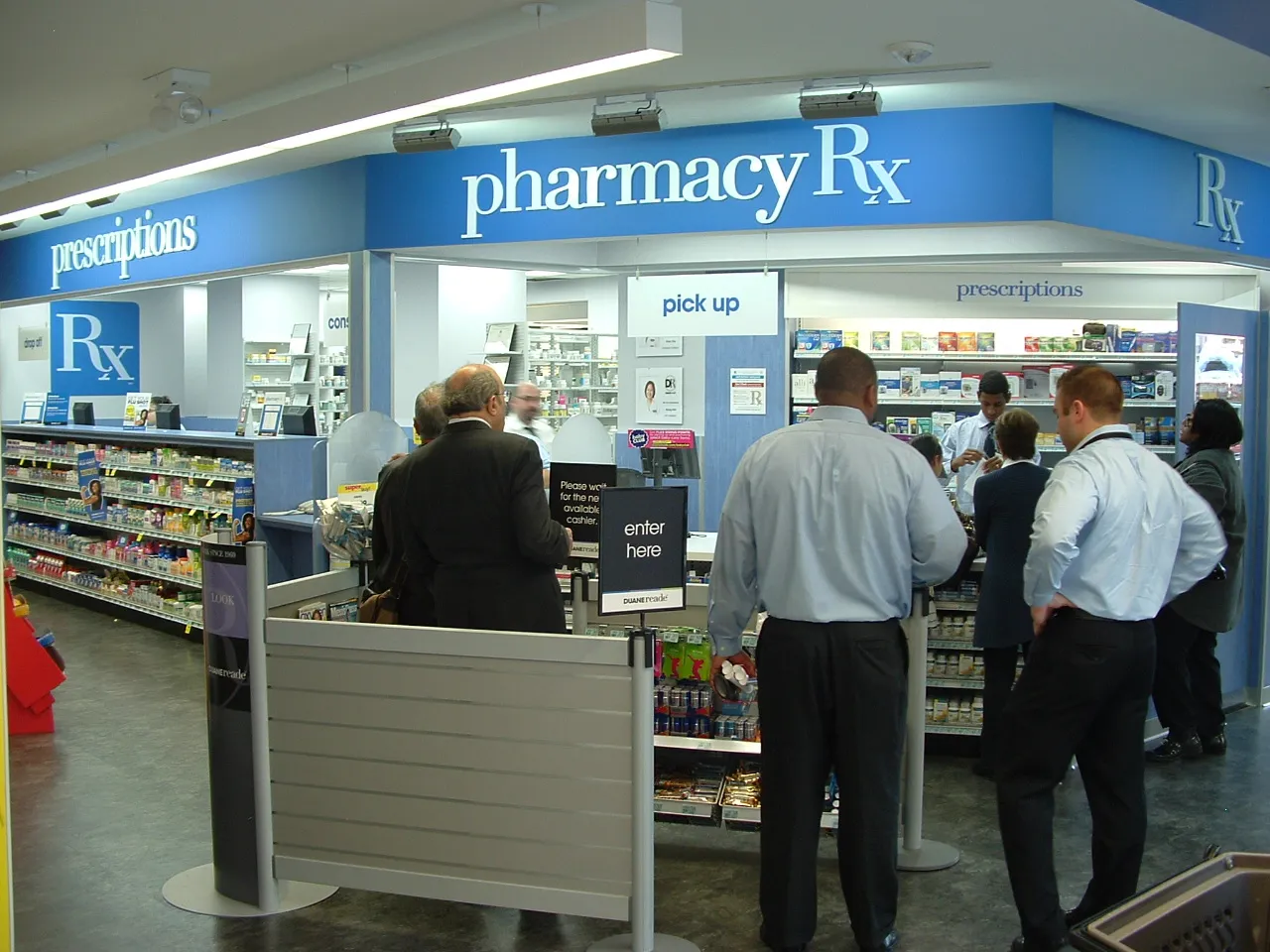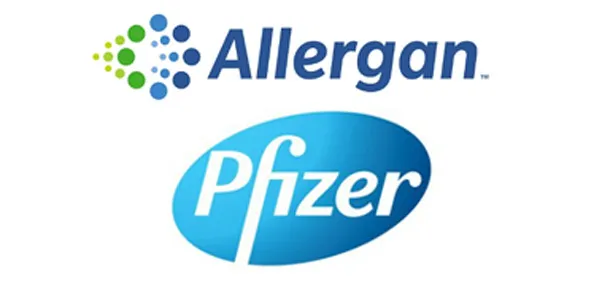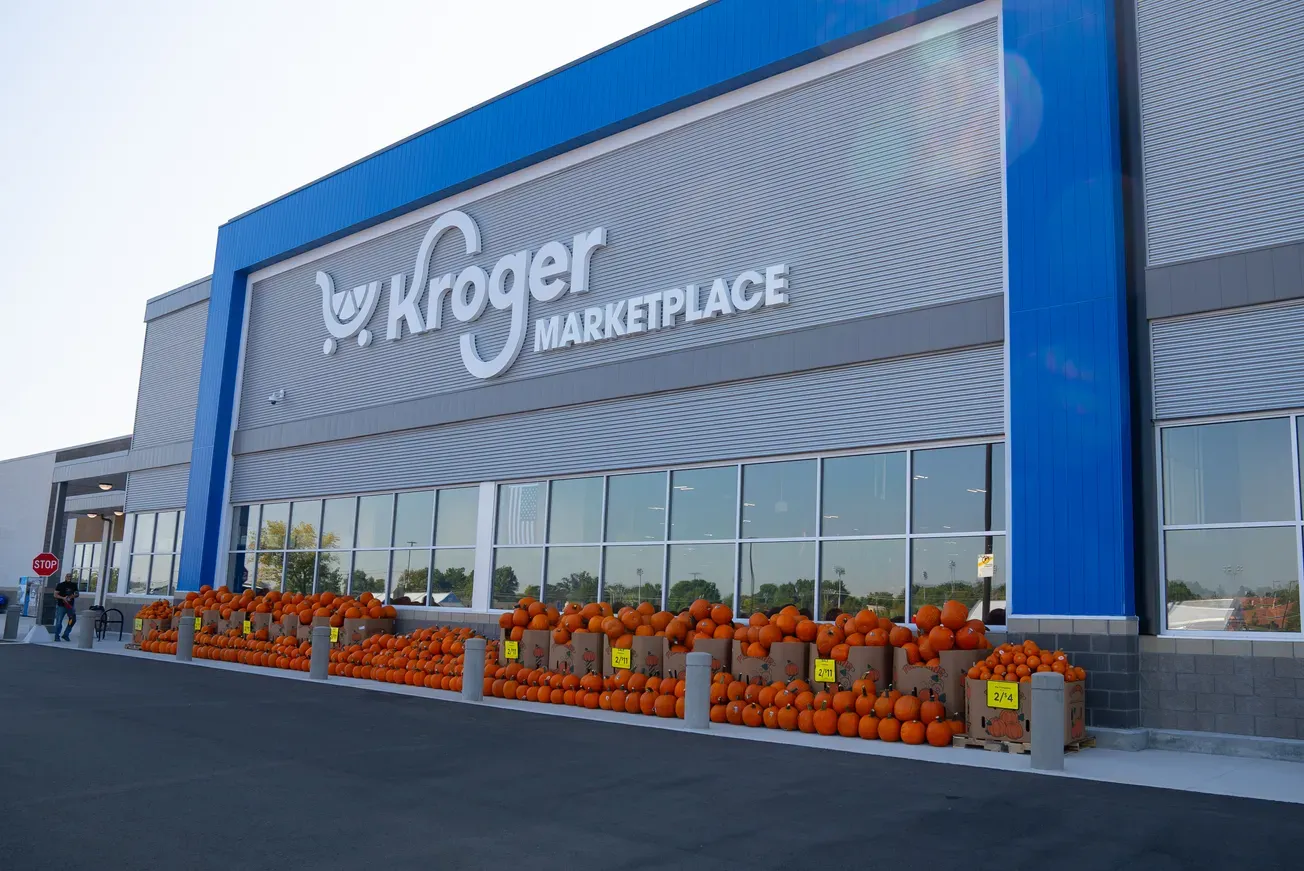WASHINGTON — President Obama highlighted the need to change prescribing practices for opioid medications, channel more resources for addiction treatment and facilitate access to naloxone, a drug that helps prevent overdose deaths.
“More Americans now die every year from drug overdoses than they do from motor vehicle crashes. The majority of those overdoses involve legal prescription drugs. In 2013 alone, overdoses from prescription pain medications killed more than 16,000 Americans. I don’t have to tell you, this is a terrible toll. The numbers are big, but behind those numbers is incredible pain for families. And West Virginia understands this better than anybody because this state is home to the highest rate of overdose deaths in the nation,” Obama said at a community forum in Charleston, W.Va., last month.
Since 1999, sales of prescription pain medications have surged 300% and, in 2012, 259 million prescriptions were written for these drugs, “which is more than enough to give every American adult their own bottle of pills,” the president noted.
“And as their use has increased, so has the misuse. Some folks are prescribed these medications for good reason but they become addicted because they’re so powerful. At the same time, we’ve seen a dramatic rise in the use of heroin, which belongs to the same class of drugs as painkillers, known as opioids. In fact, four in five heroin users started out by misusing prescription drugs, then they switched to heroin,” Obama said. “So this really is a gateway drug — prescription drugs become a gateway to heroin. As a consequence, between 2002 and 2013 the number of heroin-related deaths in America nearly quadrupled, although the number of heroin-related overdoses is still far exceeded by the number of legal prescription drug overdoses. So this crisis is taking lives. It’s destroying families. It’s shattering communities all across the country.”
To address this crisis, Obama announced federal, state, local and private efforts aimed at reducing the prescription drug abuse and heroin usage. A linchpin of the initiative involves commitments by more than 40 provider groups — representing doctors, dentists, advanced practice nurses, physician assistants, physical therapists and educators — to have more than 540,000 health care providers complete opioid prescriber training over the next two years.
On the pharmacy side, the National Association of Chain Drug Stores said it will continue to educate its 125 chain member companies — representing 40,000 pharmacies with 175,000 pharmacists — about opioid overdose and naloxone. The National Community Pharmacists Association, representing 23,000 pharmacies with over 62,000 pharmacists, plans to distribute inserts to pharmacists that highlight safe drug disposal and naloxone. In addition, the American Pharmacists Association will educate pharmacists, student pharmacists and other stakeholders through a new resource center on opioid use, misuse and abuse.
CVS Health plans to allow CVS/pharmacy drug stores to dispense naloxone without patients needing to present an individual prescription, pursuant to a standing order from a physician or collaborative practice agreement in an additional 20 states in 2016.
CVS also is slated to launch a new drug abuse prevention program called Pharmacists Teach, in which its pharmacists will make 2,500 presentations in high school health classes, and Rite Aid plans to train 6,000 pharmacists on naloxone use.

